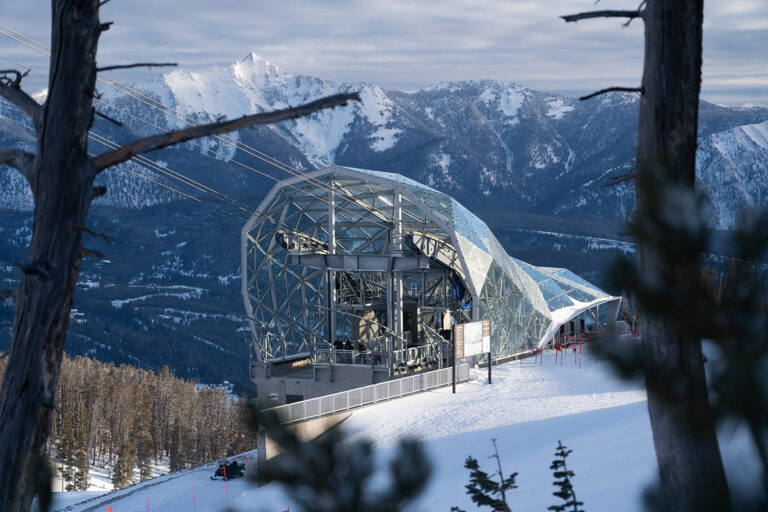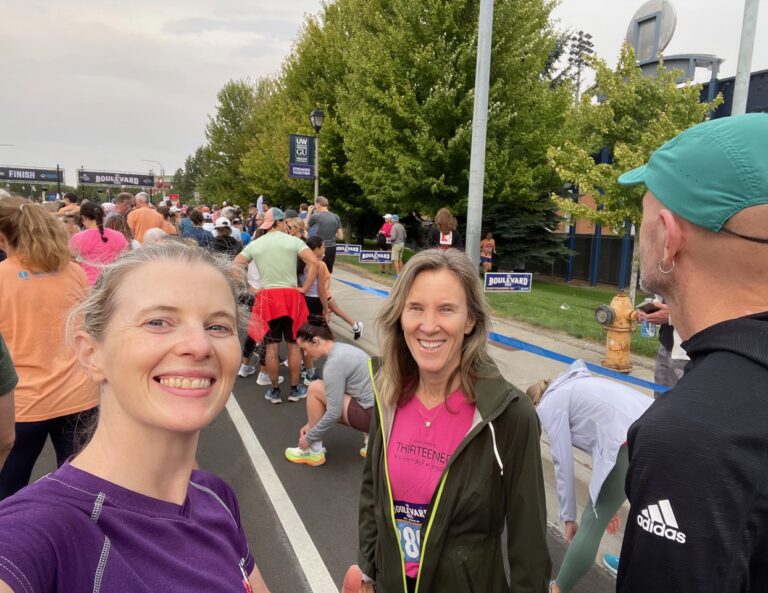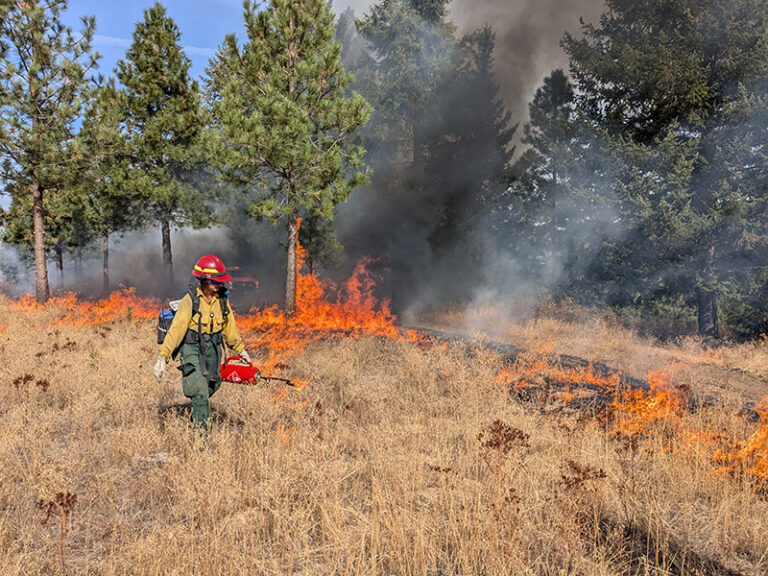And other trails worth exploring in the Idaho Panhandle
By Rick Shaffer
Cover photo courtesy Jessica Boatman
Is it summer yet, or is it just my bike saddle saying, “ride me?” It’s time to get our legs pedal-ready and lungs expanded for the climbs soon to be before us. The Trail of the Coeur d’Alenes, both sides of the Centennial Trail, Fish Lake Trail and some other eastern Washington trails are open. The Route of the Hiawatha will be rockin’ with an opening date of May 24 for another sensational season of tunnels and trestles.
In chatting with folks online, on the phone and at different bike events, more people are looking for expanded, multi-day rides, especially as bikepacking takes off. The is where the Bitterroot 300 comes into play. The B300, as it is known to its fans, is a 300-kilometer loop ride that takes in the Trail of the Coeur d’Alenes, Route of the Hiawatha, Northern-Pacific (Nor-Pac) and the Milwaukee Road Rail-Trails all in one adventure. The ride is a good four- to five-day pedal while camping or staying in hotels, cabins, BnBs, etc.
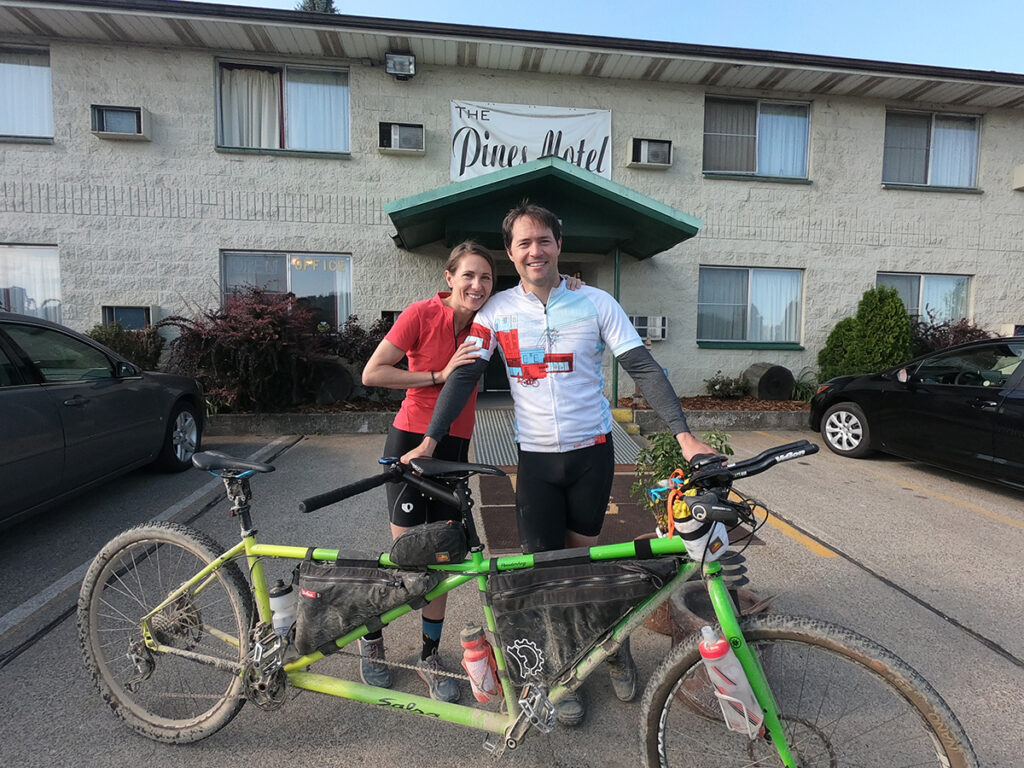
The suggested starting point on day one for the Bitterroot 300 is Historic Wallace, Idaho. Lodging opportunities abound, from the Wallace Inn to the Stardust Motel, Brooks Hotel, or vacation rentals. From Wallace, one takes the Trail of the Coeur d’Alenes to Mullan, where the multi-use, non-paved Nor-Pac goes up and over Lookout Pass into Montana. The Wallace to Lookout ascent is 2,000’ over 19 miles, but is all rail trail, so the incline is all under three percent. It is wise to get the biggest climb on the entire route out of the way first.
Coming down the Montana Nor-Pac, the closed Borax Tunnel is encountered. Hundreds of feet prior to this trail block is a detour around the tunnel that can be ridden or walked. At Taft, there is a 2.3-mile uphill pedal on USFS-506, Rainy Creek, up to the east portal of the Hiawatha. 10 tunnels and seven trestles later, passing through Pearson, is the end of the Hiawatha on the way to Avery on the Milwaukee Road rail bed.
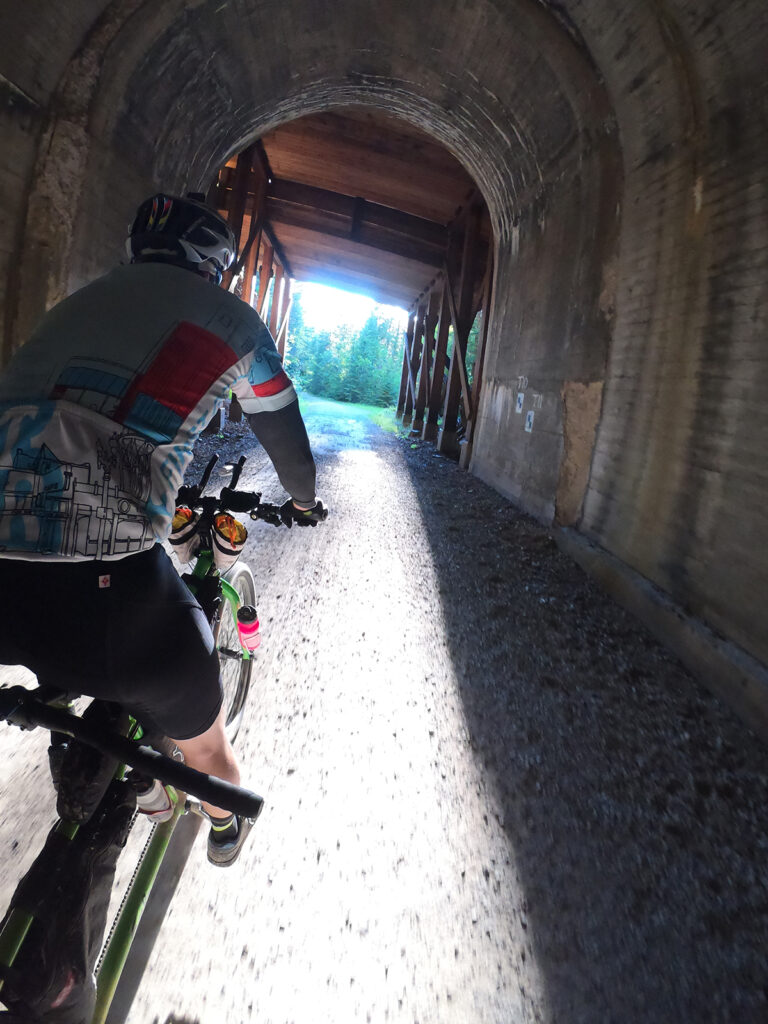
Cyclists can choose to continue on the direct rail bed 10 miles to Avery with six more tunnels or drop down to the North Fork of the St. Joe River alternative route that traverses along a splendid stretch of waterway on a jeep road passing riverside campsites. In Avery, there are cabins, hostels, BnBs and food to accommodate travelers.
On day two, head down the wide and scenic St. Joe River on the Milwaukee Road for 48 miles. Check ahead to see if the café in Marble Creek is open for some good eats and beverages. Possibly stop off at the Marble Creek Historical Area. The Milwaukee Road is a made up of a looser aggregate and is multi-use. In St. Maries, there are many lodging and eatery options available as well. Out here, there are more deer and elk in residence than people, so enjoy the ride.
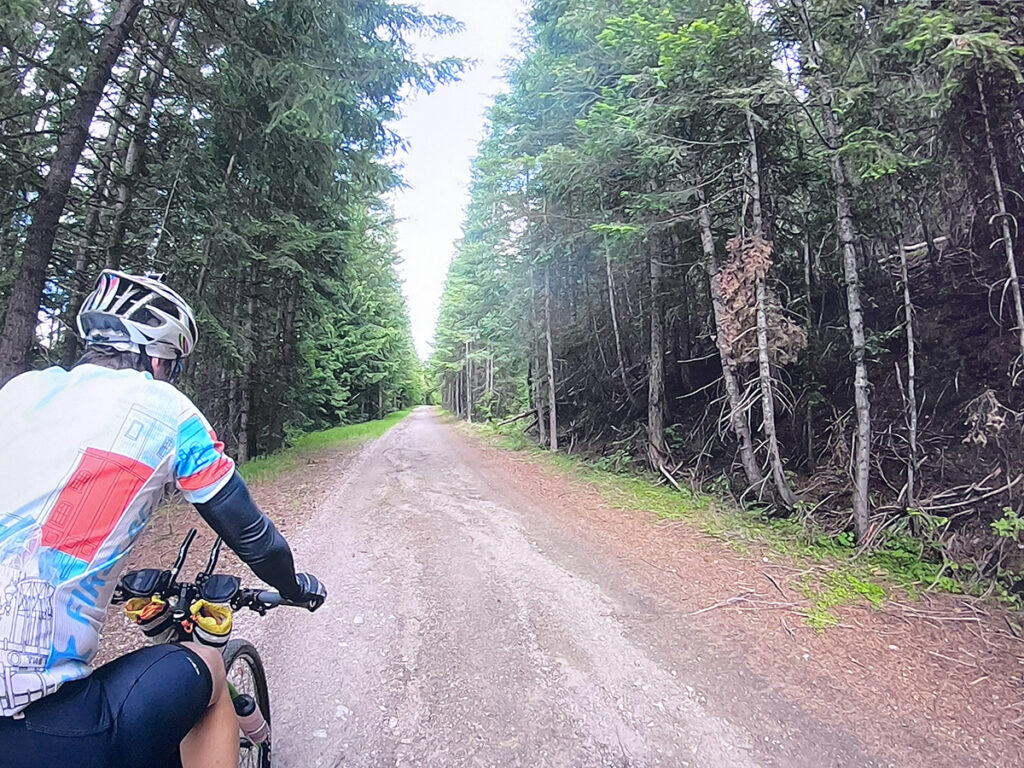
Day three—having arranged ahead of time a shuttle from St. Maries to Heyburn State Park on the Trail of the Coeur d’Alenes, as Idaho State Route 5 is not advisable to ride. To cover the entire length of the Trail of the Coeur d’Alenes, then pedal up to Plummer and then return back to Harrison at mile marker 15 for a 21-mile day or just ride to Harrison from Heyburn State Park for a shorter pedal. Enjoy some watersports at the beach in Harrison or just relax with ice cream in the sun. There are restaurants and bars and lakeview motels and BnBs available here.
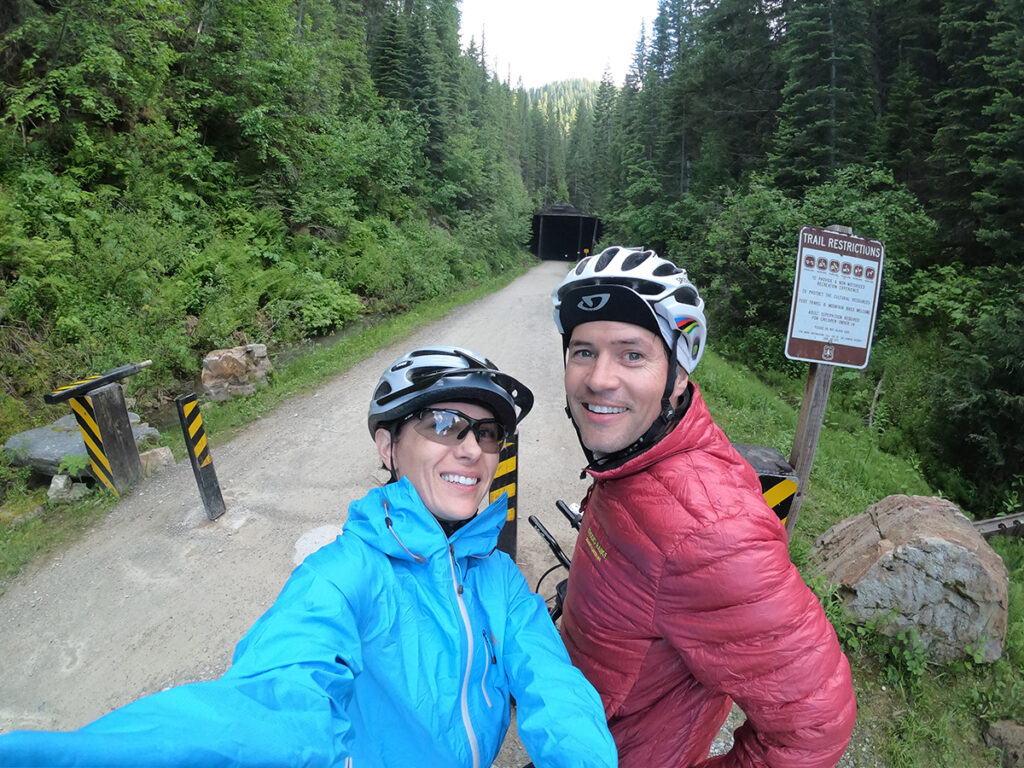
Day four is a 50-mile pedal back east through the Chain of Lakes, i.e. “Moose Country,” passing the towns of Cataldo, Enaville and Kellogg, where tasty and eclectic food and board can be found. At mile marker 42, with time permitting, take a short pedal over to the Old Mission State Park (the oldest standing structure in Idaho) and trail headquarters for a great historical stop with cyclists being welcomed free of charge. The second half of the ride is chock-full of Silver Valley history, passing the Bunker Hill smelter site, Sunshine Mine Disaster Memorial, and more. Soon, one arrives back in Historic Wallace with tales to tell.
Anywhere along the B300, the path described above may be expanded by reducing the daily miles you ride to soak up the local scene. Stopping in Saltese, maybe camping in Marble Creek, or stopping in Kellogg would only improve the adventure. The B300 is a thrilling adventure through the wilds of North Idaho. For more information, a free trail map, and trip planning assistance, contact the Prime Minister of Wallace at [email protected] or 208-691-9169.
(Sponsored by Friends of the Coeur d’Alene Trails)











